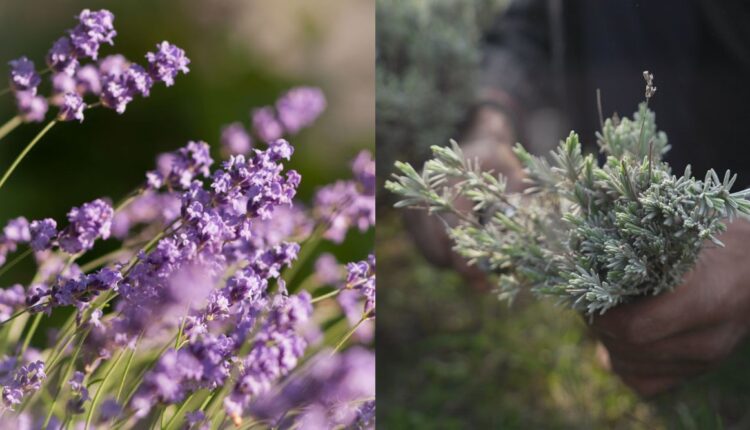Lavender Cultivation: Lavender plant gives flowers for 15 years, but why is it at risk in India?
Farmers are growing the plant for various purposes such as essential oil production, beauty products, and even cooking. However, the impact of climate change on lavender cultivation has been a growing concern for many farmers.
In India, lavender cultivation is mainly concentrated in Himachal Pradesh, Uttarakhand, and Jammu & Kashmir. According to agriculture experts, the region of Himachal Pradesh in northern India is the most suitable for lavender cultivation. The state has a mild climate with low humidity and receives plenty of sunshine. It makes it ideal for the growth of this herb. The region also has well-drained soils, which is crucial for lavender cultivation. Many farmers in Himachal Pradesh have already started growing lavender and have successfully produced high-quality essential oils.
Apart from Himachal Pradesh, other regions in India have also successfully grown lavender. The hills of Uttarakhand, Jammu & Kashmir, and some parts of Punjab have also demonstrated good yield in lavender cultivation. The mountainous terrain and ample sunlight in Uttarakhand make it an ideal location for plant cultivation. With the Aroma mission, Jammu & Kashmir has recently become a hub for lavender cultivation.
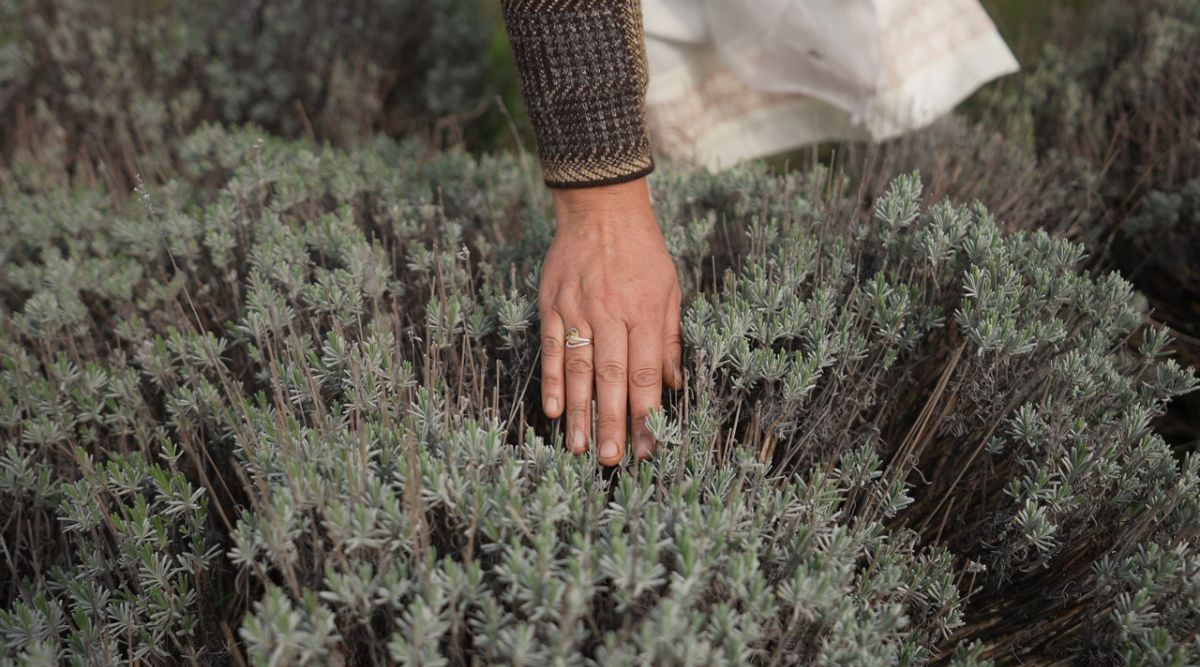
The key to successful cultivation is to select the right variety of lavender depending on the climatic conditions, soil type, and other factors. The Indian Institute of Horticultural Research (IIHR) has developed hybrid varieties of lavender suitable for Indian conditions, which have yielded good results in trials conducted in various parts of the country. However, these areas are not large enough to support massive cultivation of lavender, which requires large tracts of land.
Why Lavender Cultivation is popularized in J&K ?
Lavender is a versatile herb that is known for its distinct scent and medicinal properties. It is widely used in perfumes, cosmetics, and aromatherapy products. In recent years, the cultivation of lavender has gained popularity across the world, but Kashmir has emerged as a significant producer of the herb.
Jammu and Kashmir is well-known for its natural beauty, including stunning landscapes, snow-capped mountains, and lush green valleys. However, it is a place in India where lavender is grown on a large scale. The climate in Kashmir is ideal for the cultivation of lavender. The region has cold winters and moderate summers, which is perfect for the growth of the herb. Lavender requires a cool climate and low humidity to thrive, and Kashmir provides these conditions.
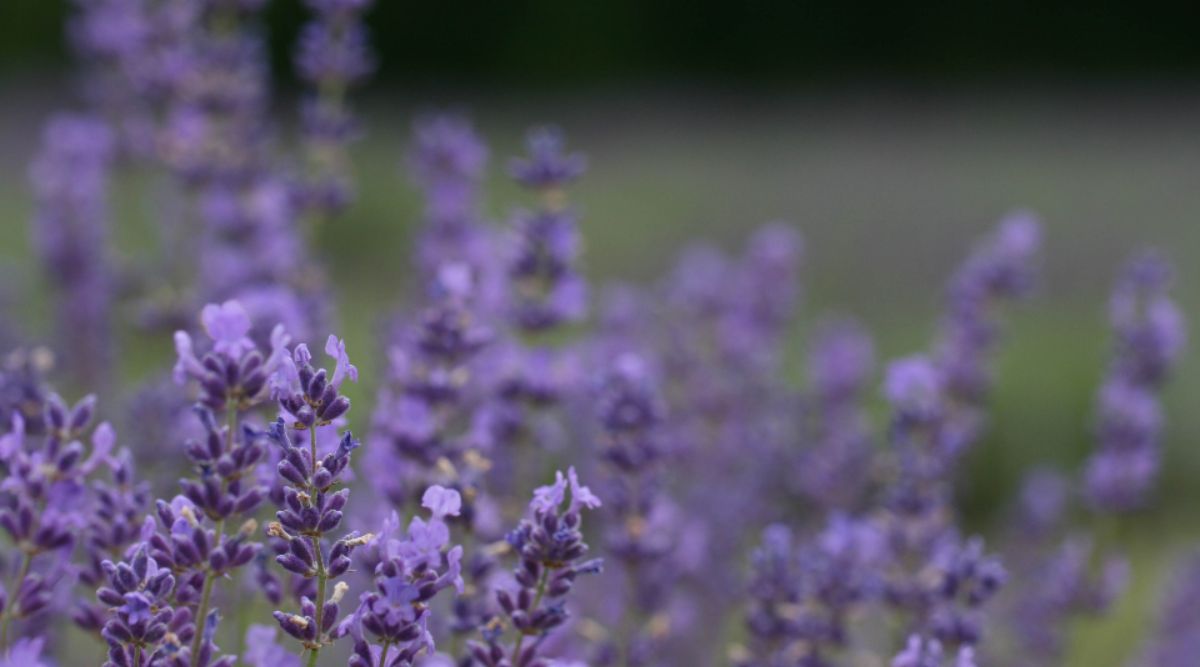
Apart from the ideal weather conditions, the soil in Kashmir also plays a crucial role in the growth of lavender. The soil in the region is rich in minerals and nutrients, which are essential for the growth and development of the herb. The presence of minerals like nitrogen, phosphorus, and potassium also contributes to the fragrance and flavour of the lavender grown in Kashmir.
The cultivation of lavender has become a profitable business in Kashmir in recent years. Farmers in the region have started growing the herb as a cash crop, which has helped to boost the local economy. The demand for lavender has increased in recent years, and the herb is now exported to other countries, including the United States, Canada, and the United Kingdom.
Apart from its economic importance, the cultivation of lavender in Kashmir also has several environmental benefits. The herb requires low irrigation and is generally pest-resistant, which makes it an eco-friendly crop. Additionally, lavender attracts bees and other pollinators, which helps to promote biodiversity in the region.
With government’s aroma mission, the cultivation of lavender in Kashmir has become a booming business. With the increasing demand for lavender in the international market, the production of the herb is expected to increase in the coming years, which will further contribute to the growth of the local economy.
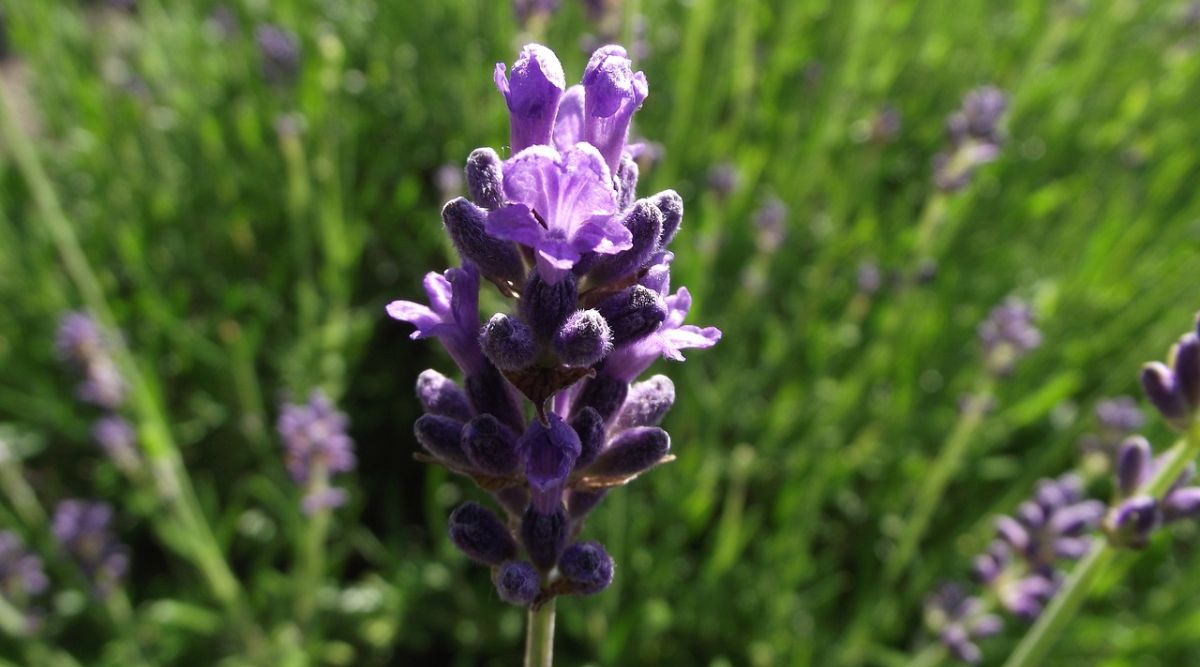
Why beneficial crop lavender is not grown all over India ?
Lavender is a beautiful and fragrant plant that is popularly grown in many countries around the world, including France, Bulgaria, and Spain. However, despite its many uses and benefits, lavender is not commonly grown all over India. There are several reasons and we will explore some of the main factors that have contributed to the limited cultivation of lavender in India.
- One of the main reasons why lavender is not grown all over India is that it is a temperate plant that requires a specific climate and soil conditions to thrive.
- Another factor that has limited the growth of lavender in India is the lack of awareness and expertise in its cultivation.
- Also, unlike other crops such as wheat or rice, lavender does not have a well-established market in India, which makes it less attractive to farmers.
- High initial investment required for setting up a lavender farm is also a hurdle that need to be overcome.
- Climate change is also making it difficult to cultivate lavender on a large scale.
How Climate Change can affect Lavender Cultivation?
Farmers are growing the plant for various purposes such as essential oil production, beauty products, and even cooking. However, the impact of climate change on lavender cultivation has been a growing concern for many farmers.
Climate change is already affecting agriculture in various ways, including changing weather patterns, rising temperatures, and unpredictable rainfall. These changes can cause significant damage to crops and impact their quality and yield. For lavender cultivation, these changes can affect the plant’s growth rate, quality of the blooms, and the amount of essential oil produced.
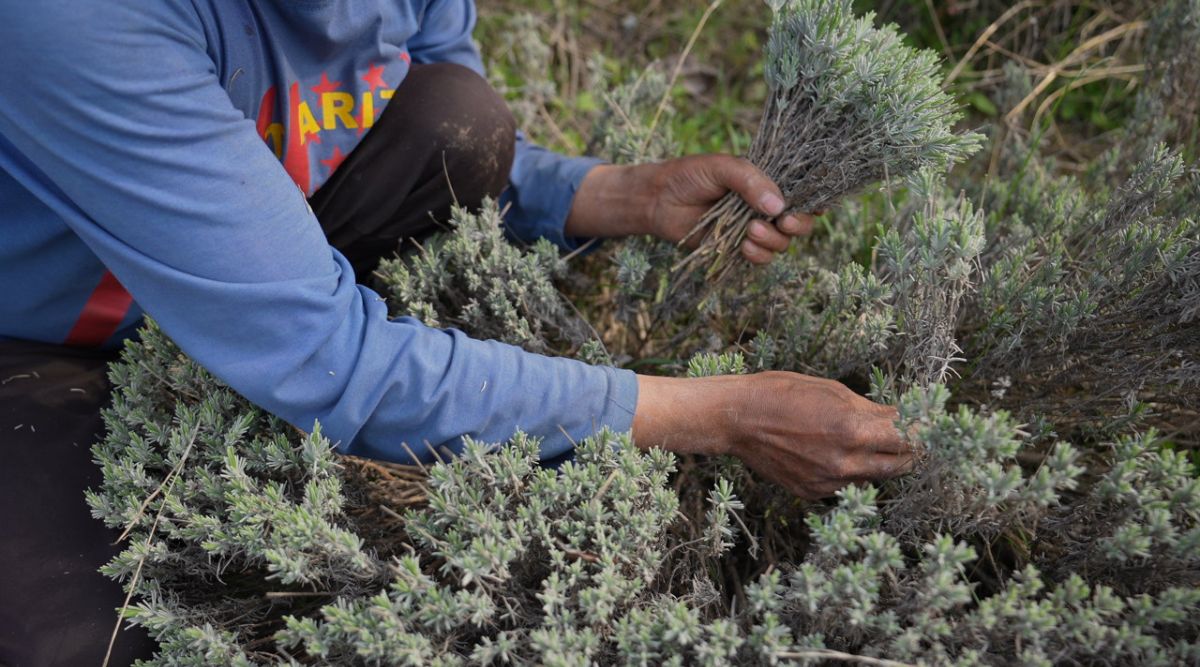
One of the most significant impacts of climate change on lavender cultivation is the change in temperature. Lavender grows well in temperatures ranging between 60-80 degrees Fahrenheit. However, with the increase in temperature due to climate change, it may become challenging to maintain the right temperature for the plant to thrive. High temperatures can cause the lavender plant to dry out and wilt, which can result in significant damage.
Another significant impact of climate change on lavender cultivation is the change in rainfall patterns. Lavender requires well-drained soil and moderate water use. Changes in rainfall patterns, such as longer periods of drought, can affect the lavender plant’s root system and its ability to absorb nutrients. This may result in the plant’s stunted growth and possibly lead to its death.
An increase in pests and diseases due to climate change can also affect lavender cultivation. Warmer temperatures can provide better conditions for the spread of diseases and pests. It can cause significant damage to the lavender plant. To adapt to climatic changes, farmers must explore new techniques and method. This will help to protect their lavender crops from the impacts of climate change. By doing so, they can continue to produce high-quality lavender products. And this will also gel farmers in mitigating the effects of climate change. Soon we will also tell our farmer friends about these methods.
Also Read: Tree Tomato Farming: Know How it is Cultivated and its Benefits
Contact us – If farmers want to share any valuable information or experiences related to farming, they can connect with us via phone or whatsapp at 9599273766 or you can write to us at “[email protected]”. Through Kisan of India, we will convey your message to the people, because we believe that if the farmers are advanced then the country is happy.
You can connect with Kisan of India on Facebook, Twitter, and Whatsapp and Subscribe to our YouTube channel.



